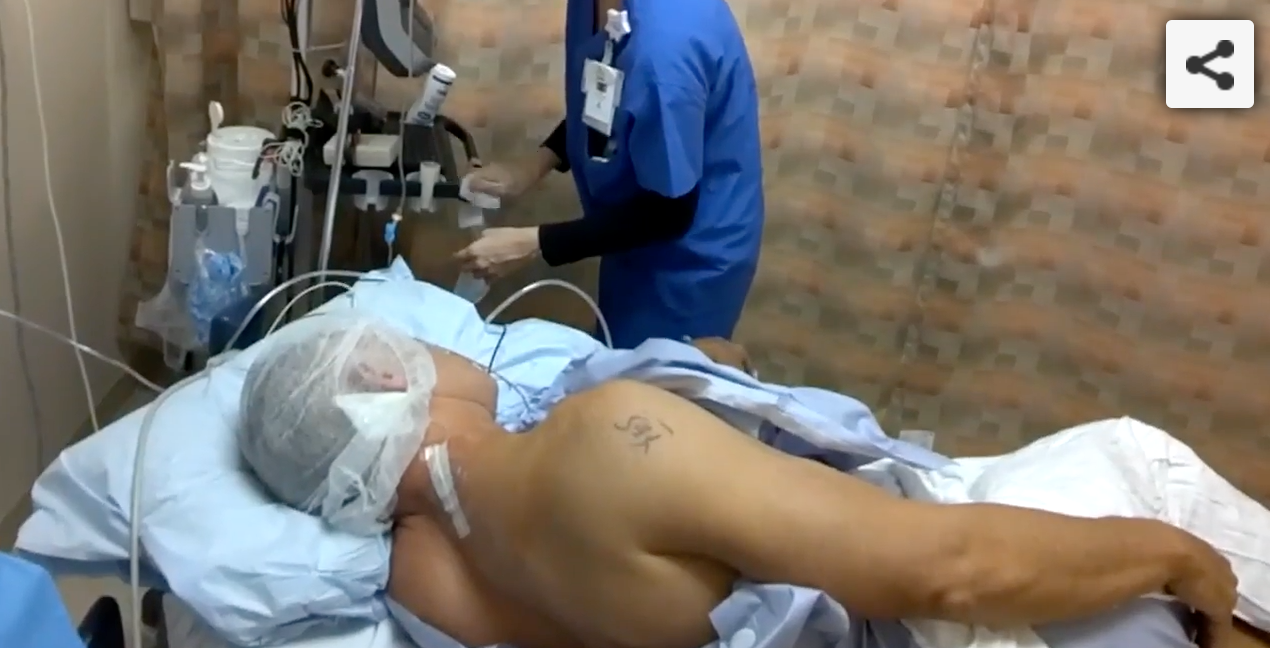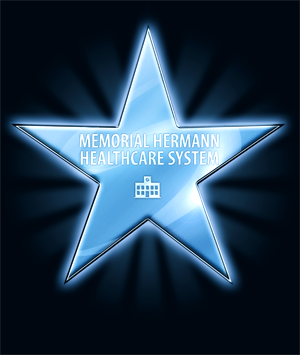First Ever European Ultrafest: Maribor, Slovenia
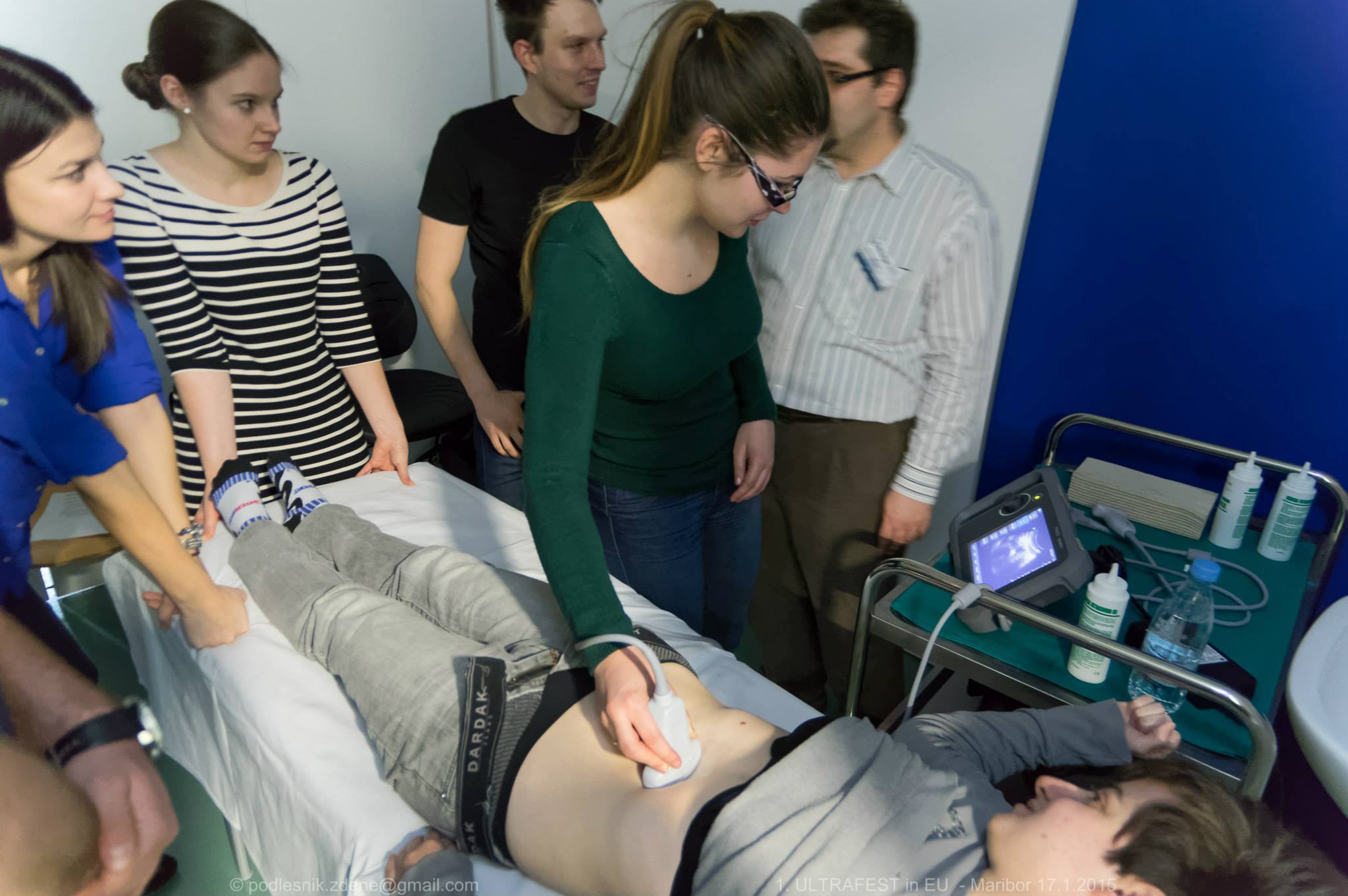

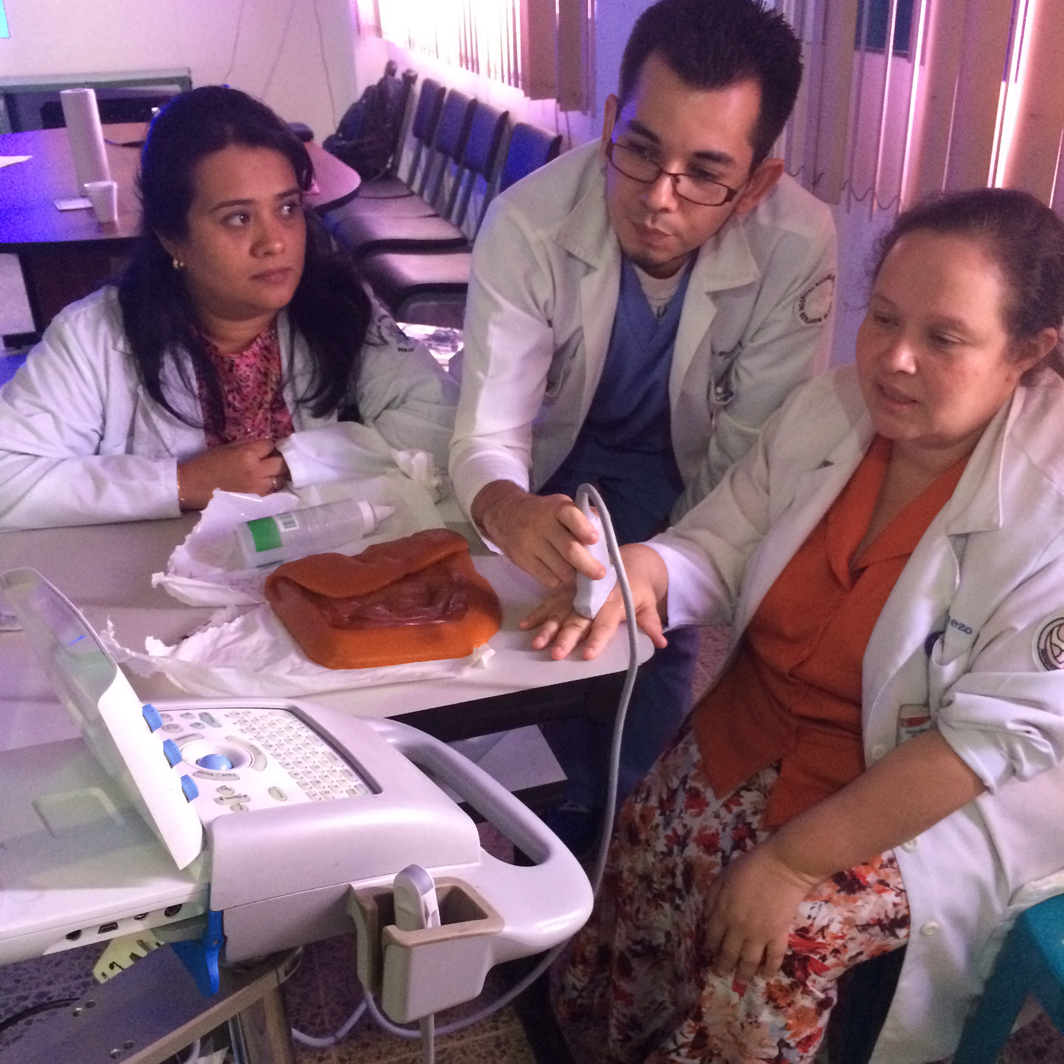
It is sometimes easy to forget how privileged we are to have access to modern conveniences, healthcare technologies and services. Fortunately, at Sonosite, we enjoy supporting many adventurous care providers who share their skills in resource limited countries. One such Doctor is Dr Jennifer Chao. Upon her return from El Salvador we received this informative email:
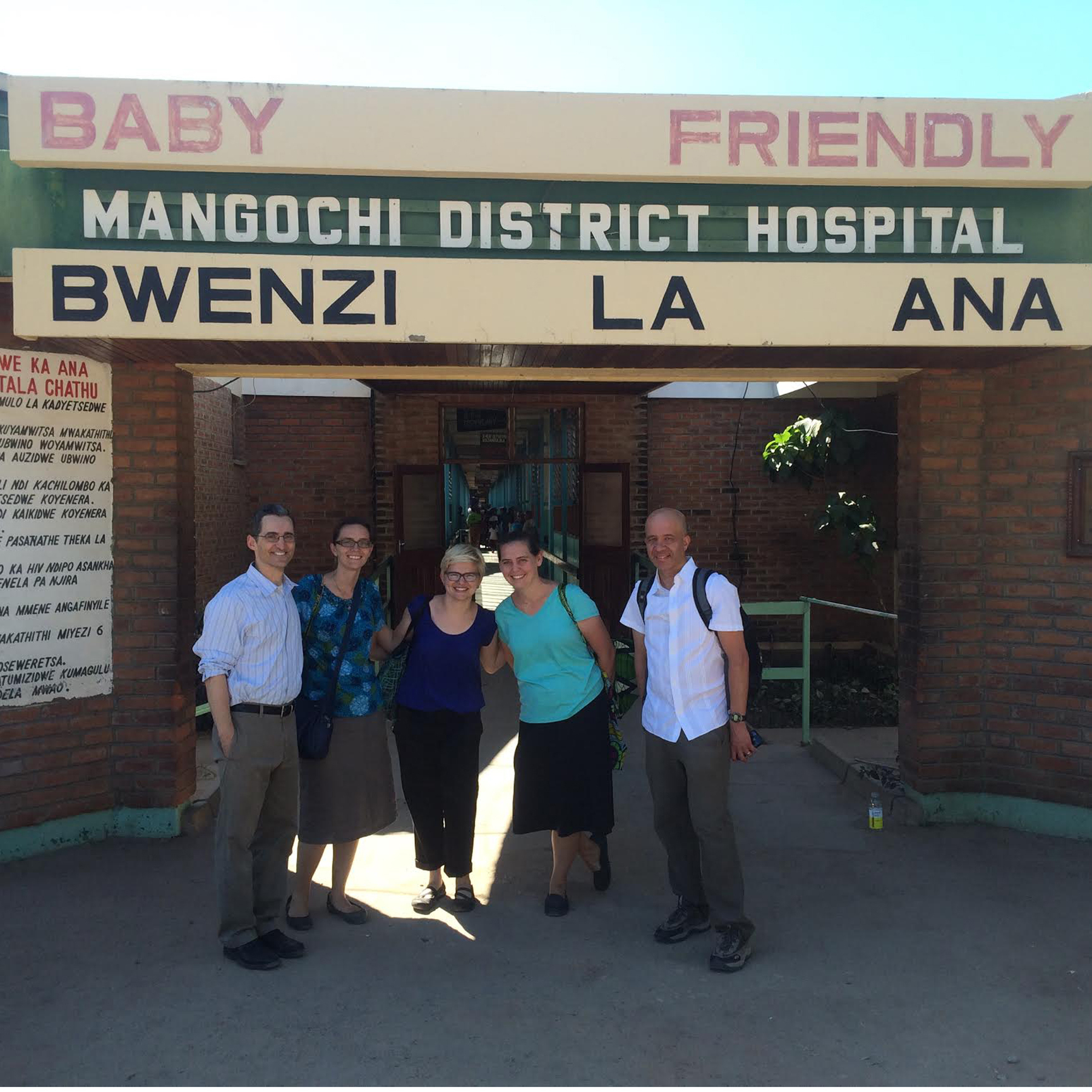
Lorem ipsum dolor sit amet, consectetur adipiscing elit. Vivamus fringilla mollis varius. Proin est tellus, congue eu sagittis id, suscipit eget mi. Phasellus non ligula vel erat facilisis adipiscing at et ligula. Maecenas eu nisl at magna egestas vestibulum. Fusce ligula leo, hendrerit convallis nibh ac, lobortis vulputate diam. Nullam gravida ac leo nec interdum.
Lorem ipsum dolor sit amet, consectetur adipiscing elit. Vivamus fringilla mollis varius. Proin est tellus, congue eu sagittis id, suscipit eget mi. Phasellus non ligula vel erat facilisis adipiscing at et ligula. Maecenas eu nisl at magna egestas vestibulum. Fusce ligula leo, hendrerit convallis nibh ac, lobortis vulputate diam. Nullam gravida ac leo nec interdum. Vivamus quis neque quis ligula ultrices euismod.
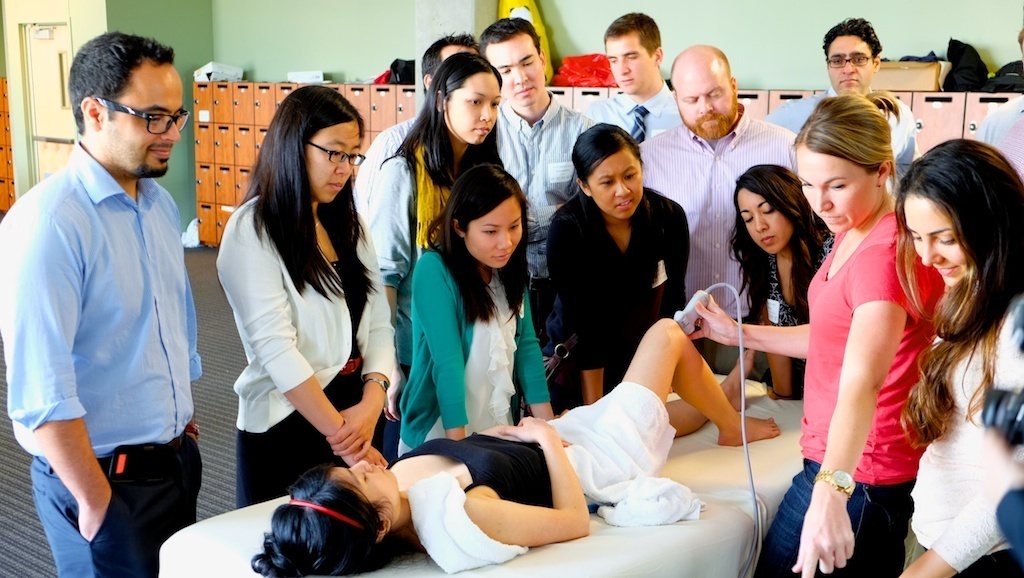
Ultrafest Ultrasound Festival hosted at UCI (University of California, Irvine) 2014
The Future LIVE and Visualised at #HIMSS14
Digital Health Summit at International CES 2014
Lorem ipsum dolor sit amet, consectetur adipiscing elit. Vivamus fringilla mollis varius. Proin est tellus, congue eu sagittis id, suscipit eget mi. Phasellus non ligula vel erat facilisis adipiscing at et ligula. Maecenas eu nisl at magna egestas vestibulum. Fusce ligula leo, hendrerit convallis nibh ac, lobortis vulputate diam. Nullam gravida ac leo nec interdum. Vivamus quis neque quis ligula ultrices euismod.
This Philly.com story on the advantages of ultrasound needle guidance and Thomas Jefferson University Hospital's findings is not only informative but is written in a particularly engageing style accessible to a wide readership. An informed public goes a long way in helping to reinforce the value of clinical ultrasound's multiple benefits.
Here is an excerpt from the article by Philadelphia Inquirer staff writer Stacey Burling:
Ultrasound researcher and Henry Ford Hospital physician Scott Dulchavsky, MD, PhD, was recently inducted into the National Space Technology Hall of Fame for techniques his team developed to empower point-of-care ultrasound. He is working with Sonosite to modify ultrasound training methods developed for the space programme for point-of-care applications on Earth.
